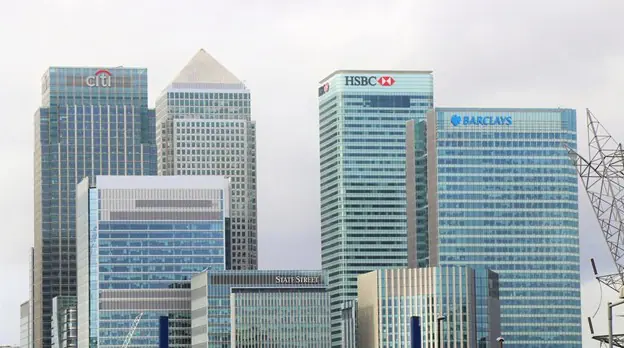In what could be the biggest regulatory shake-up since the 2008 financial crisis, U.S. regulators are reportedly preparing to cut the supplementary leverage ratio (SLR).
This is a key rule requiring big banks to hold extra loss-absorbing capital. While the move might sound like a breath of fresh air for Wall Street, it could end up sucking all the oxygen out of long-term financial stability.
Leverage Cuts Both Ways
According to the Financial Times, the SLR revamp is expected in the coming months, giving banks more room to breathe and lend.
The SLR has long been criticized for penalizing banks for holding low-risk assets like Treasuries. By loosening this rule, banks will be free to hold more government bonds without setting aside capital against them. That could unlock billions in liquidity and encourage more participation in the Treasury market, especially after last month’s bond market chaos.
Sounds great, right? More lending, more market stability, more economic growth. But let’s not forget: leverage cuts both ways.
On the Surface, this Change is About Technical Fixes
Adjusting outdated formulas, correcting overregulation, and boosting bank efficiency are necessary.
But let’s be clear: this is deregulation, plain and simple, and it comes at a time when interest rates are still high, market volatility remains elevated, and commercial real estate debt is hanging like a sword over regional banks.
Critics will argue that reducing capital buffers now is like taking off your seatbelt just because you haven’t crashed in a while.
First, the Good News
Here’s what could go right.
Lower capital requirements mean banks can extend more credit, which fuels small businesses, mortgages, and economic expansion.
Big banks could step in as buyers of last resort in times of volatility.
Also, capital is expensive. Freeing up balance sheets lets banks reallocate funds more productively.
Next, the Bad News
Capital buffers are there for a reason. Lowering them makes banks more fragile in times of stress.
And, if banks know they’ll get regulatory relief during tough times, what’s to stop them from taking bigger risks?
It is evident that this move primarily benefits large banks. Are we just re-inflating the systemic bubbles that Dodd-Frank tried to burst?
This is a bet that the U.S. economy is strong enough and the banks are stable enough to handle more risk. That may be true. But if the bet goes south, taxpayers and everyday Americans could once again be left holding the bag.
So the real question isn’t whether banks can lend more, it’s whether they should, under looser rules and with less capital to fall back on.



